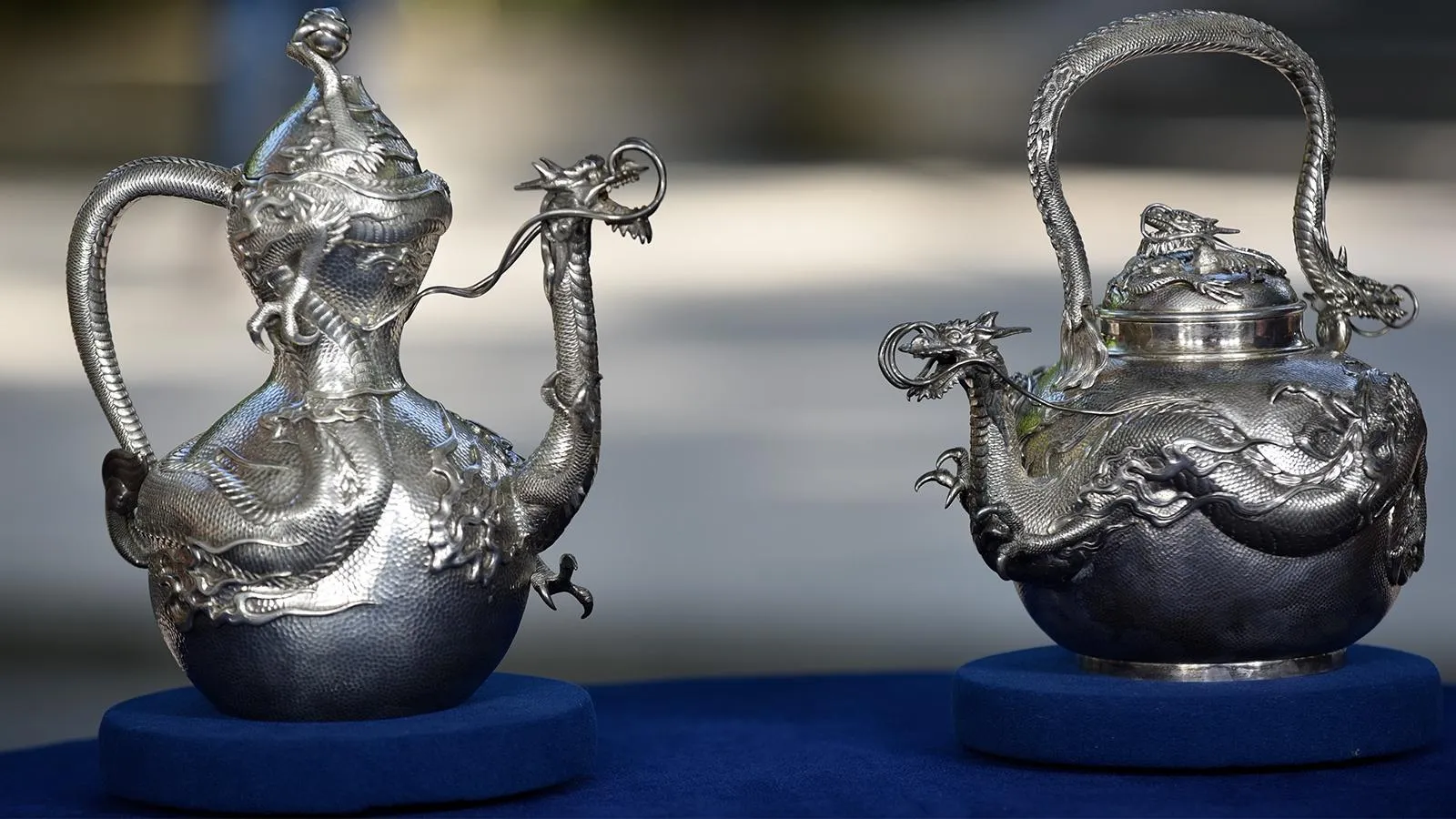Egyptian Revival Enamel Bracelet, ca. 1920

$800 Retail
Featured In

episode
Crocker Art Museum, Hour 2
See stunning Sacramento finds appraised at Crocker Art Museum like one worth $80K-$120K!
Bracelet
Understanding Our Appraisals
Placeholder
ANTIQUES ROADSHOW'S Season 29 tour is underway! See where we're going

$800 Retail

episode
See stunning Sacramento finds appraised at Crocker Art Museum like one worth $80K-$120K!
Placeholder
A weekly collection of previews, videos, articles, interviews, and more!
Funding for ANTIQUES ROADSHOW is provided by Ancestry and American Cruise Lines. Additional funding is provided by public television viewers.
ANTIQUES ROADSHOW is a trademark of the BBC and is produced for PBS by GBH under license from BBC, Worldwide. PBS is a 501(c)(3) not-for-profit organization.
A weekly collection of previews, videos, articles, interviews, and more!